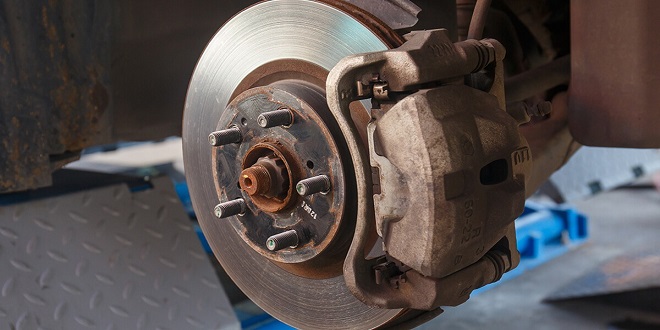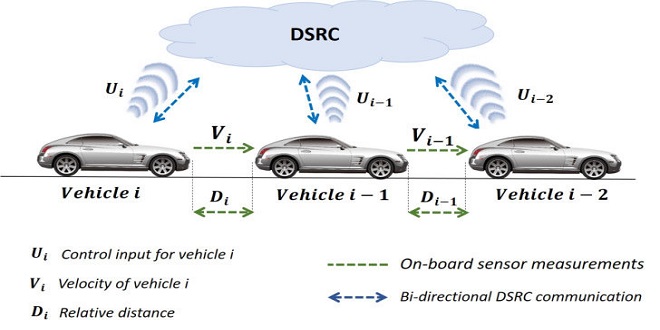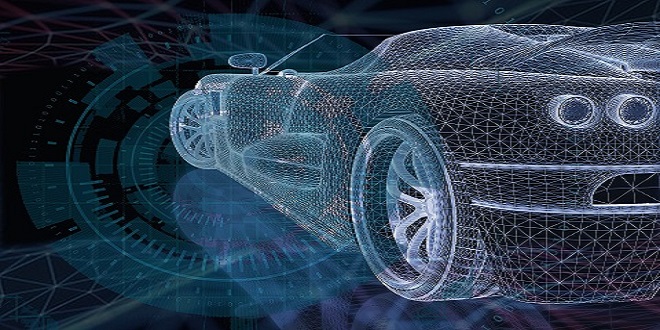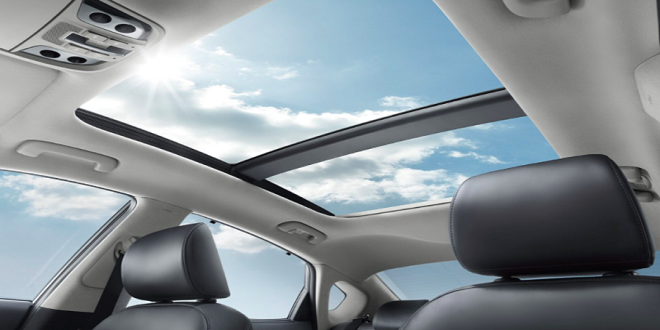Air conditioning Conventional heating and ventilation
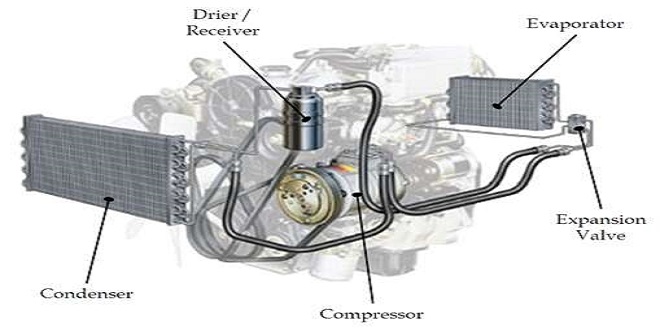
Introduction
The earliest electrical heating I have come across was a pair of gloves with heating elements woven into the material (c. 1920). These were then connected to the vehicle’s electrical system and worked like little electric fires. The thought of what happened in the case of a short circuit is a little worrying!
The development of interior vehicle heating has been an incremental process and will continue to be so – the introduction of air conditioning is the largest step. The comfort we now take for granted had some very cold beginnings, but the technology in this area of the vehicle electrical system is still evolving. Systems now range from basic hot/cold air blowers to complex automatic temperature and climate control systems
Any heating and ventilation system has a simple set of requirements, which are met to varying standards. These can be summarized as follows.
One final facility, which is available on many vehicles, is the choice between fresh or recirculated air. The main reason for this is to decrease the time it takes to demist or defrost the vehicle windows, and simply to heat the car interior more quickly to a higher temperature. The other reason is that, for example, in heavily congested traffic, the outside air may not be very clean.
Heater blower motors
The motors used to increase airflow are simple permanent magnet two-brush motors. The blower fan is often the centrifugal type and in many cases, the blades are positioned asymmetrically to reduce resonant noise. shows a typical motor and fan arrangement. Varying the voltage supplied controls motor speed. This is achieved by using dropping resistors. The speed in some cases is made ‘infinitely’ variable by the use of a variable resistor. In most cases, the motor is controlled to three or four set speeds.
Heating system – water-cooled engine
The heat from the engine is utilized to increase the temperature of the car’s interior. This is achieved by the use of a heat exchanger, called the heater matrix. Due to the action of the thermostat in the engine cooling system, the water temperature remains broadly constant. This allows for the air being passed over the heater matrix to be heated by a set amount depending on the outside air temperature and the rate of airflow.
By a suitable arrangement of flaps, it is possible to direct air of the chosen temperature to selected areas of the vehicle interior. In general, basic systems allow the warm air to be adjusted between the inside of the windscreen and the driver.
Electronic heating control
Most vehicles that have electronic control of the heating system also include air conditioning, which is covered in the next section. However, a short description at this stage will help to lead to more complex systems. Figure 14.6 shows a block diagram representing an electronically controlled vehicle heating system.
Principle of refrigeration
This system requires control of the blower motor, blend flap, direction flaps, and the fresh or recirculated air flap. The technique involves one or a number of temperature sensors suitably positioned in the vehicle interior, to provide information for the ECU. The ECU responds to information received from these sensors and sets the controls to their optimum positions.
Last word
The whole arrangement is, in fact, a simple closed-loop feedback system with the air temperature closing the loop. The ECU has to compare the position of the temperature control switch with the information that is supplied by the sensors and either cool or heat the car interior as required.

